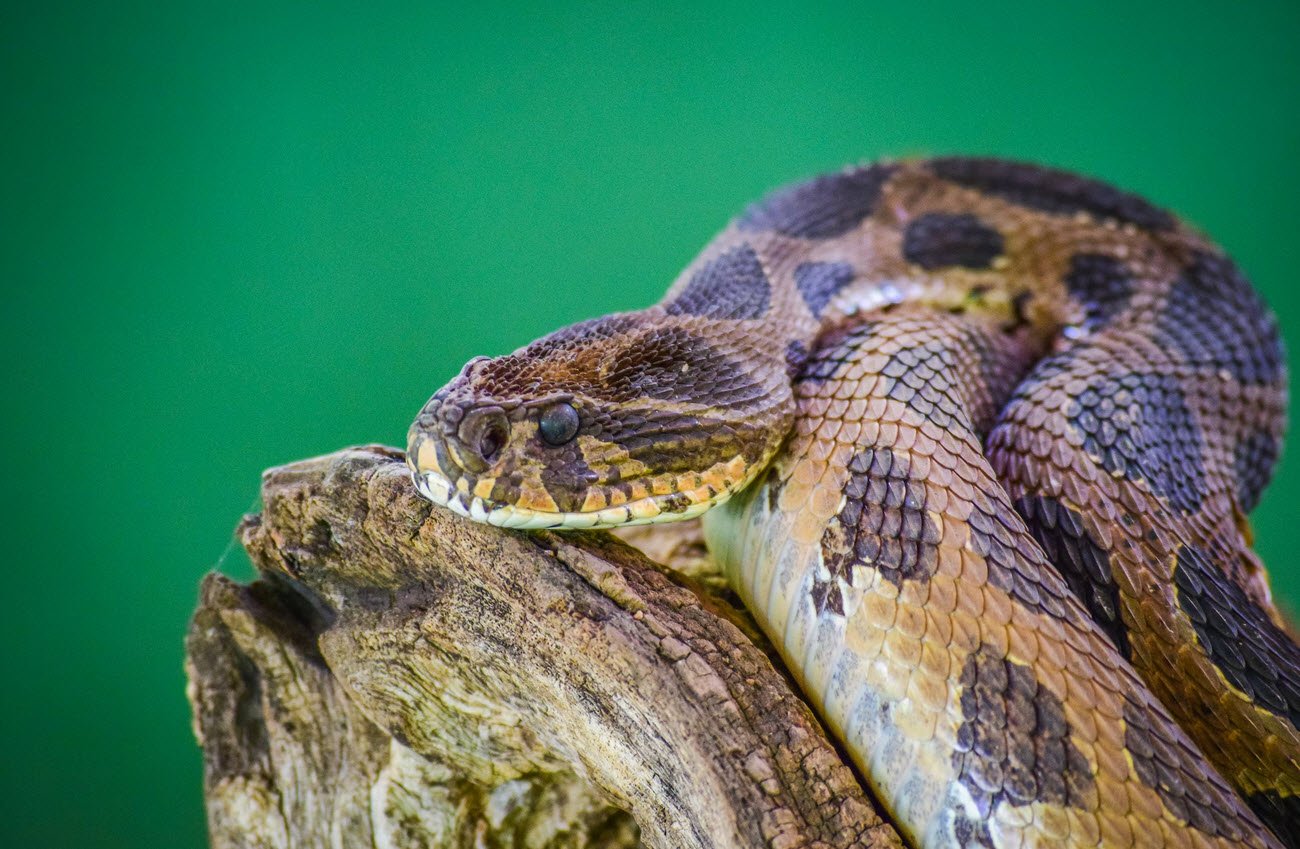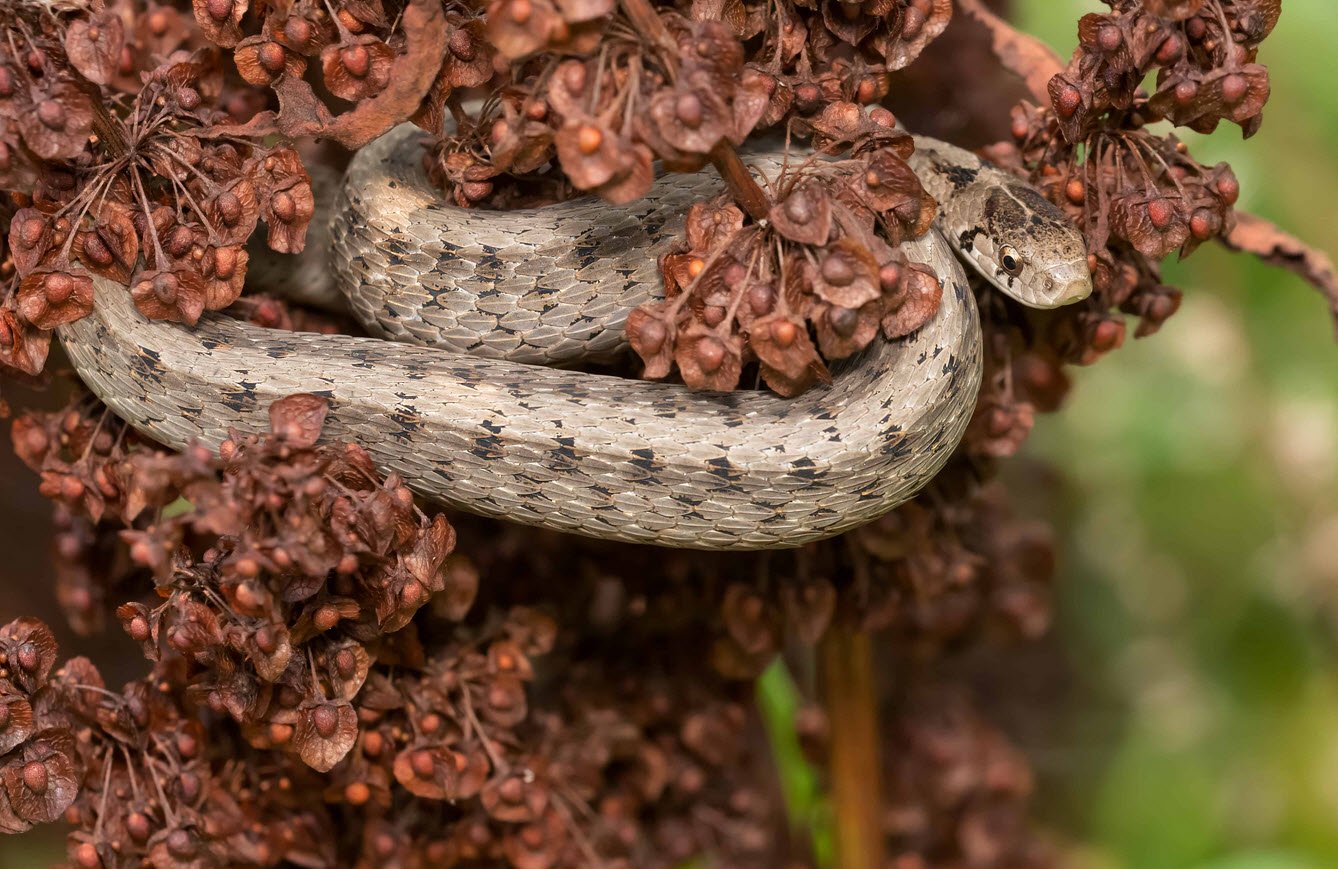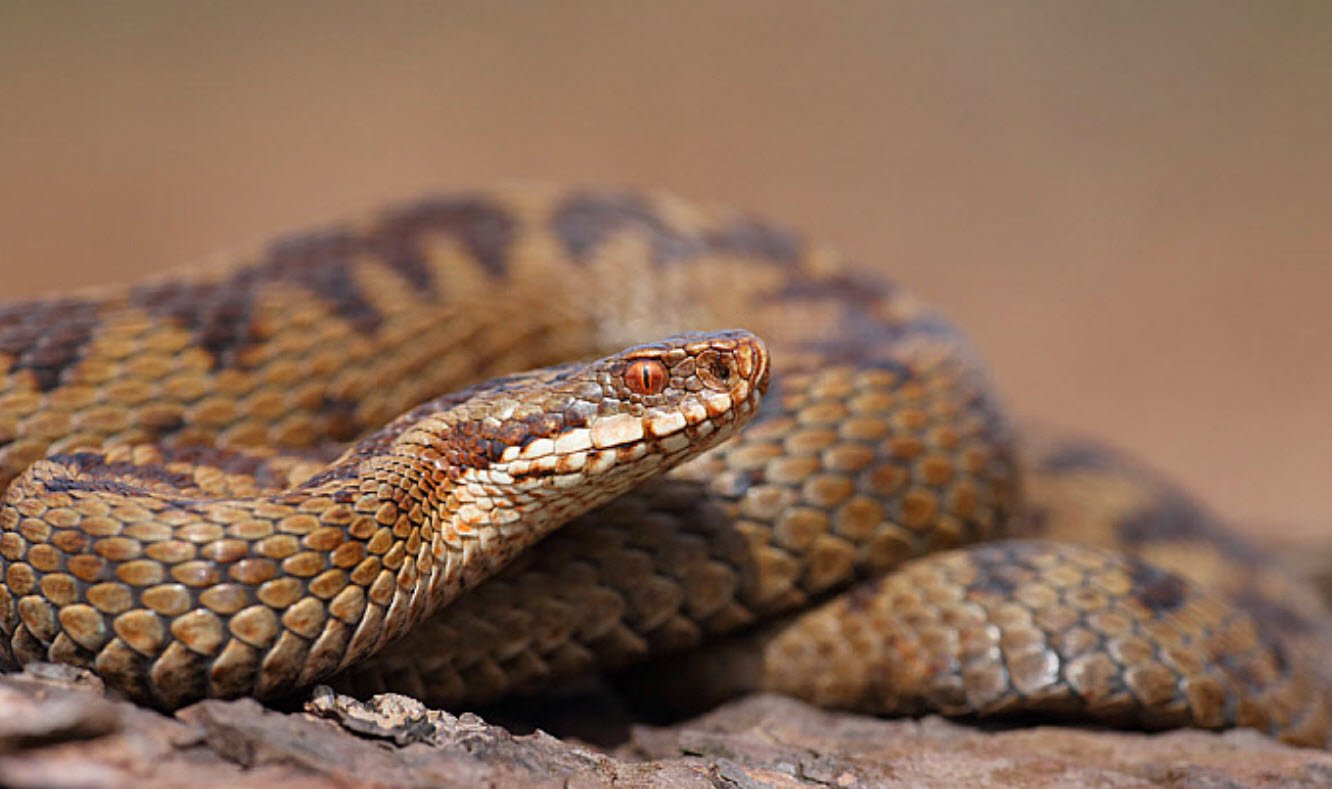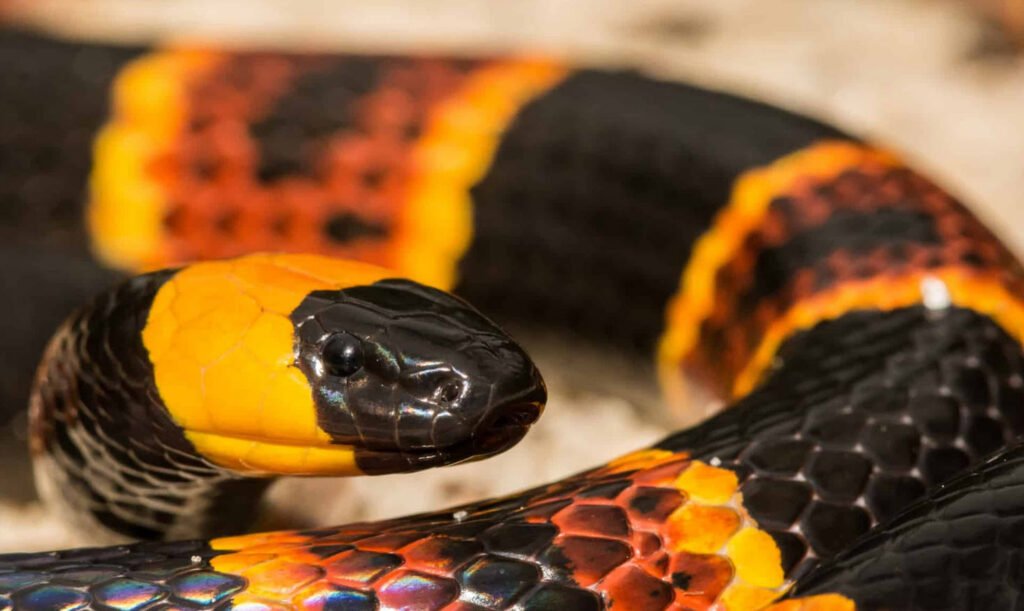
Georgia, a state blessed with diverse ecosystems ranging from mountains to coastal plains, is home to a variety of wildlife, including some venomous snakes. Six species of poisonous snakes call Georgia their home, each with distinct characteristics and habitats.
In this article, we will explore these six venomous snakes found in the state and learn about the potential risks associated with them.
1. Eastern Diamondback Rattlesnake (Crotalus adamanteus)
The Eastern Diamondback Rattlesnake is the largest venomous snake in North America, renowned for its distinct diamond-like pattern and rattling tail. It primarily resides in the southeastern parts of Georgia, favoring pine forests, sandy woodlands, and coastal marshes. The Eastern Diamondback Rattlesnake poses a significant danger due to its venom, capable of causing severe injury or even death if not promptly treated.
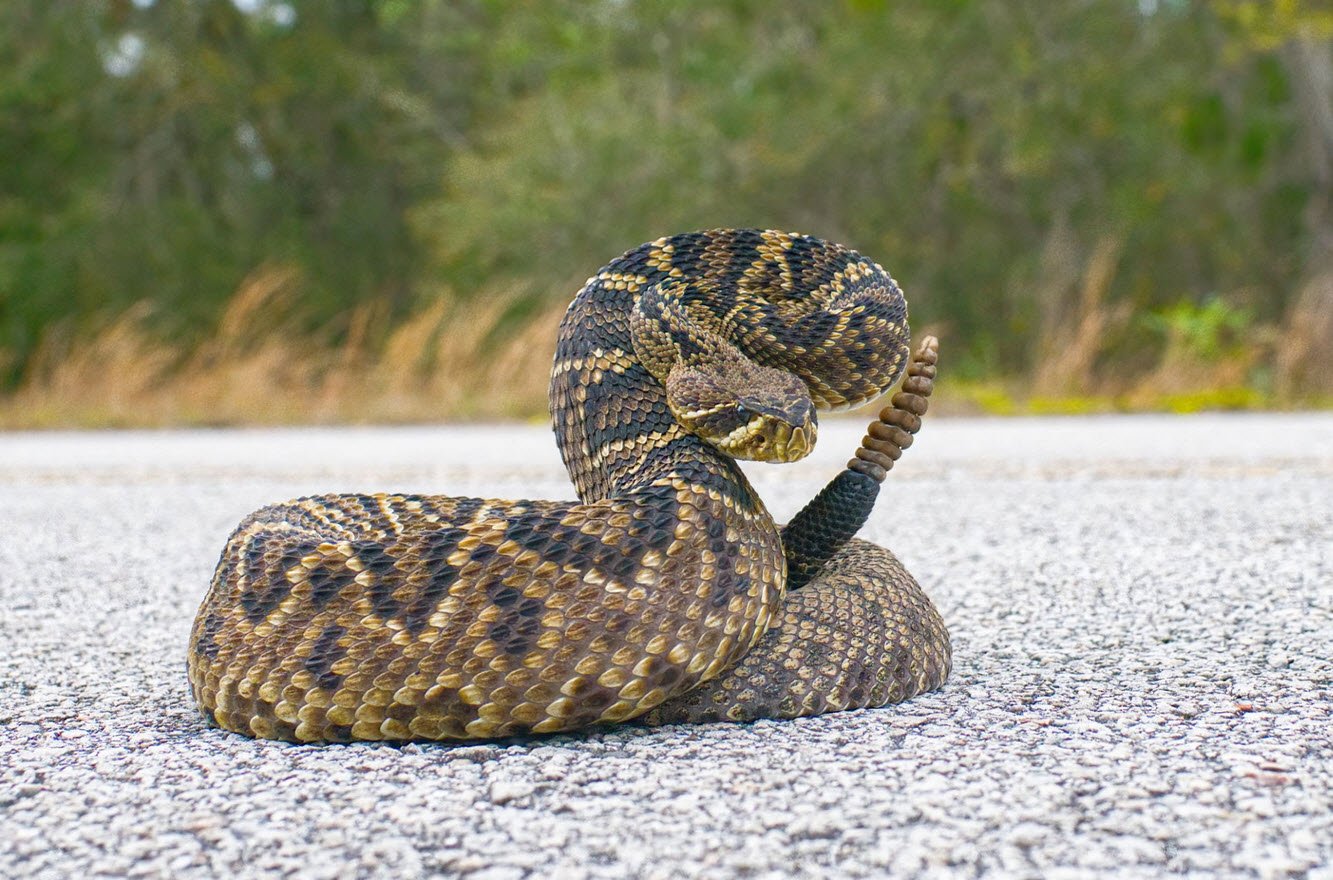
2. Pygmy Rattlesnake (Sistrurus miliarius)
The Pygmy Rattlesnake is a smaller venomous snake, usually less than two feet in length. Despite its diminutive size, its bite can cause discomfort and swelling. It is commonly found in grassy areas, pine forests, and sandhills in Georgia. The distinctive rattle at the end of its tail serves as a warning sign for potential threats.
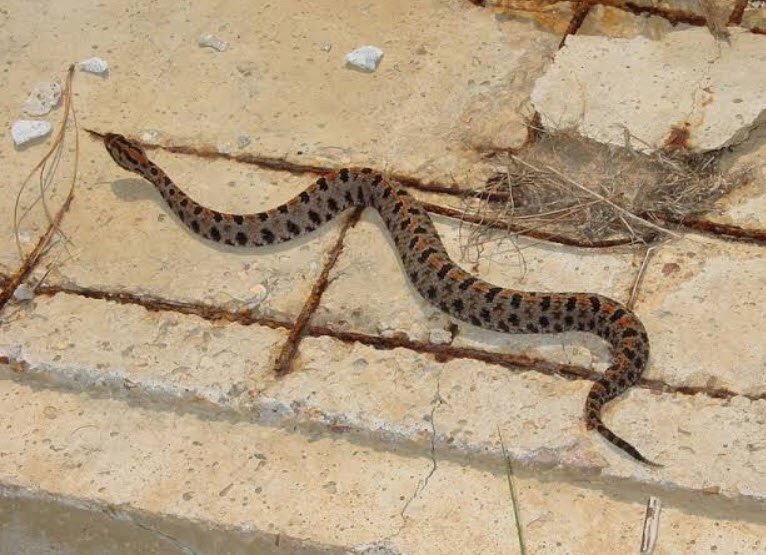
3. Timber Rattlesnake (Crotalus horridus)
The Timber Rattlesnake is known for its intricate brownish or grayish pattern, providing excellent camouflage in wooded areas. It is found throughout Georgia and often inhabits hardwood forests, rocky hillsides, and swamps. Its venom is potent, and a bite can cause severe pain, swelling, and even systemic effects if not treated promptly.

4. Southern Copperhead (Agkistrodon contortrix)
The Southern Copperhead is a venomous snake with a distinctive coppery or reddish-brown coloration and dark hourglass-shaped markings. It is prevalent in Georgia, especially in wooded or rocky areas, and is known to be relatively aggressive when threatened. While its venom can cause pain, swelling, and tissue damage, fatalities from its bite are rare.
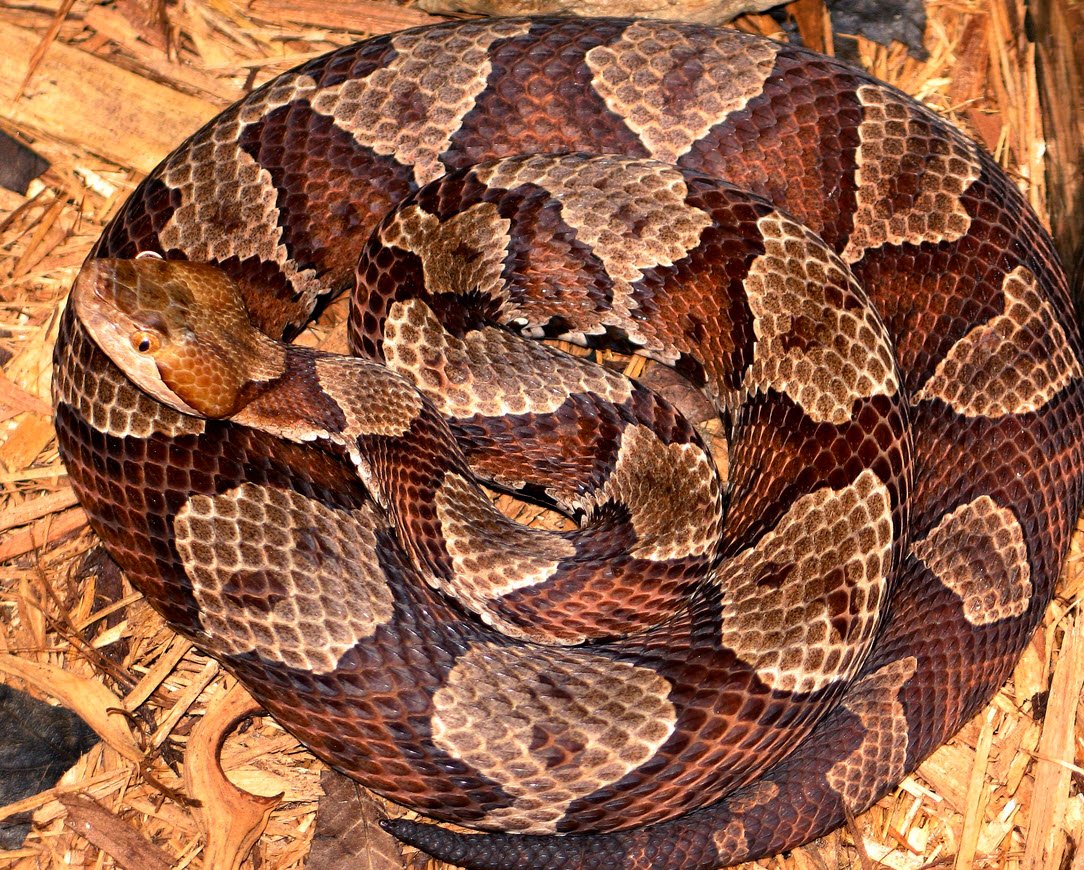
5. Cottonmouth (Agkistrodon piscivorus)
The Cottonmouth, also known as a water moccasin, is a venomous snake often found in or near water bodies such as swamps, rivers, and lakes. It is characterized by its dark coloration and its habit of opening its mouth wide when threatened, displaying its white interior. Bites from Cottonmouth snakes can cause localized tissue damage, pain, and swelling.

6. Eastern Coral Snake (Micrurus fulvius)
The Eastern Coral Snake is easily identifiable by its distinct pattern of red, black, and yellow rings. Though rare, its venom is extremely potent and potentially deadly. This snake is typically found in pine flatwoods, sandhills, and hardwood forests. It’s important to note that the saying “red on yellow, kill a fellow; red on black, venom lack” can help in distinguishing it from nonvenomous snakes with similar coloration.
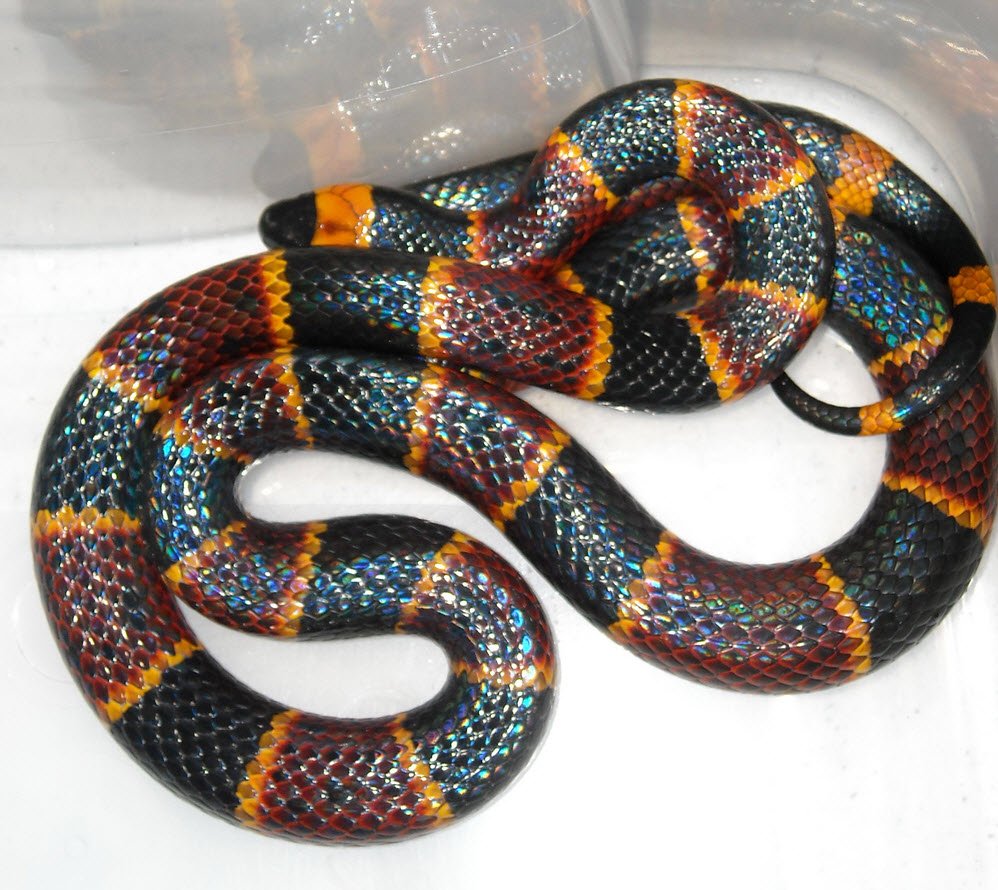
Understanding the characteristics and habitats of these venomous snakes is crucial for Georgia residents and visitors to stay safe and be aware of the potential risks associated with encountering them. Education about snake behavior, proper precautions, and seeking immediate medical attention in case of a bite are essential steps to mitigate risks and ensure the safety of individuals in snake-prone regions.
You may also like:- Snakes in Michigan – An Overview of the 15 Native Species
- Top 10 World’s Most Dangerous Snakes
- Pet Snakes – A Guide to Behavior, Care, Diet, Habitat, and Health
- Top 15 Snakes Species in Tennessee
- 13 Types of Snakes That Live in Pennsylvania (With Images)
- 3 Native Snakes of Britain – A Closer Look at Adder, Smooth Snake, and Grass Snake
- 11 Incredible Snakes in Virginia
- A Comprehensive Guide to Various Types of Snakes



